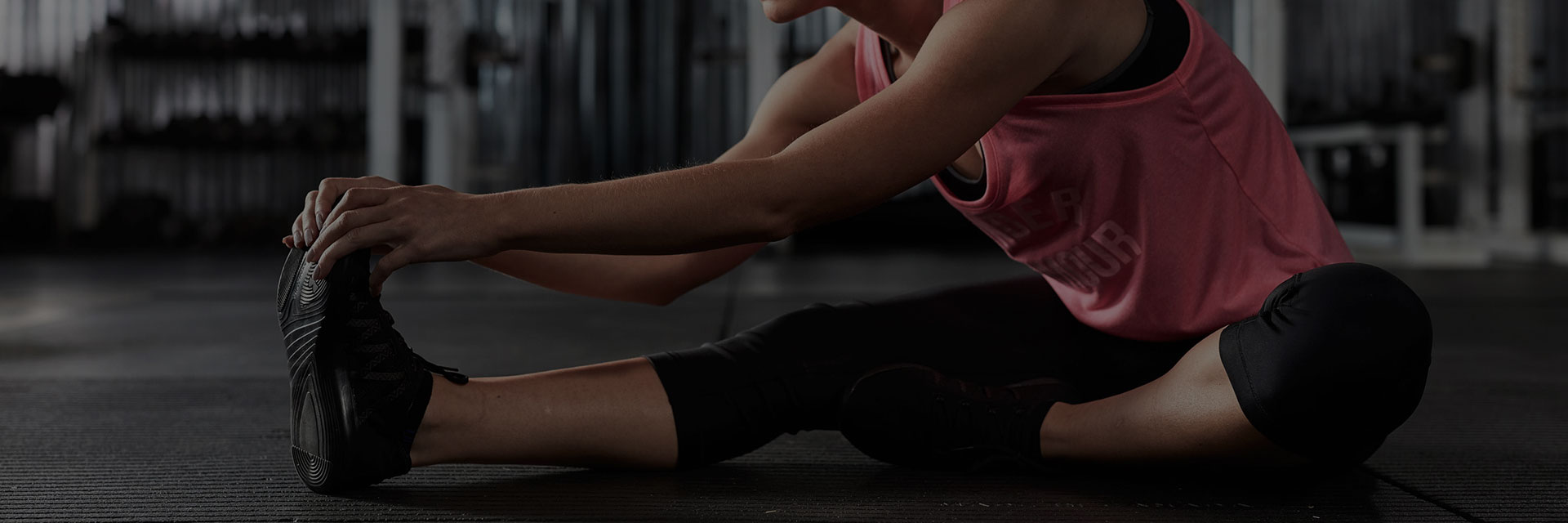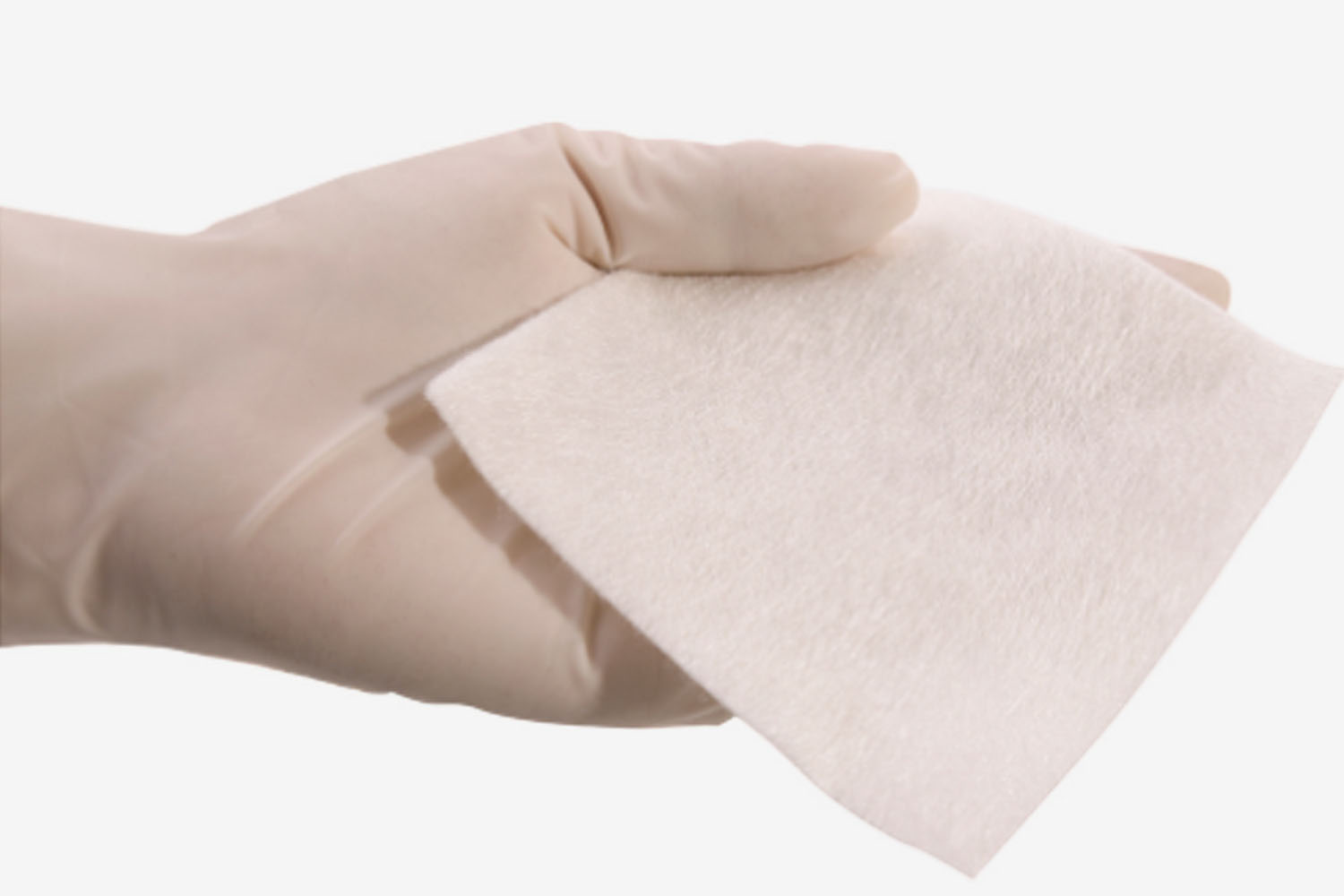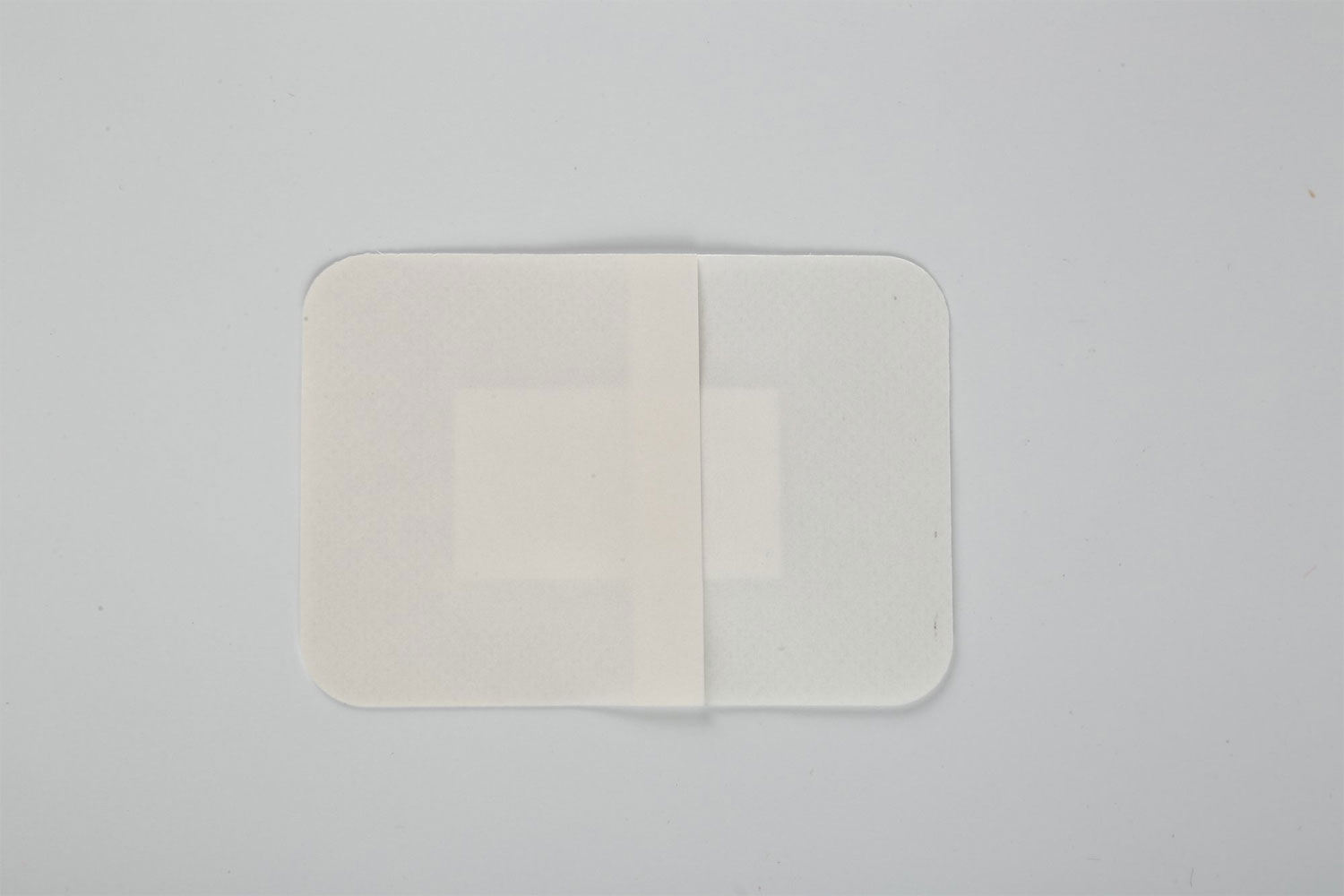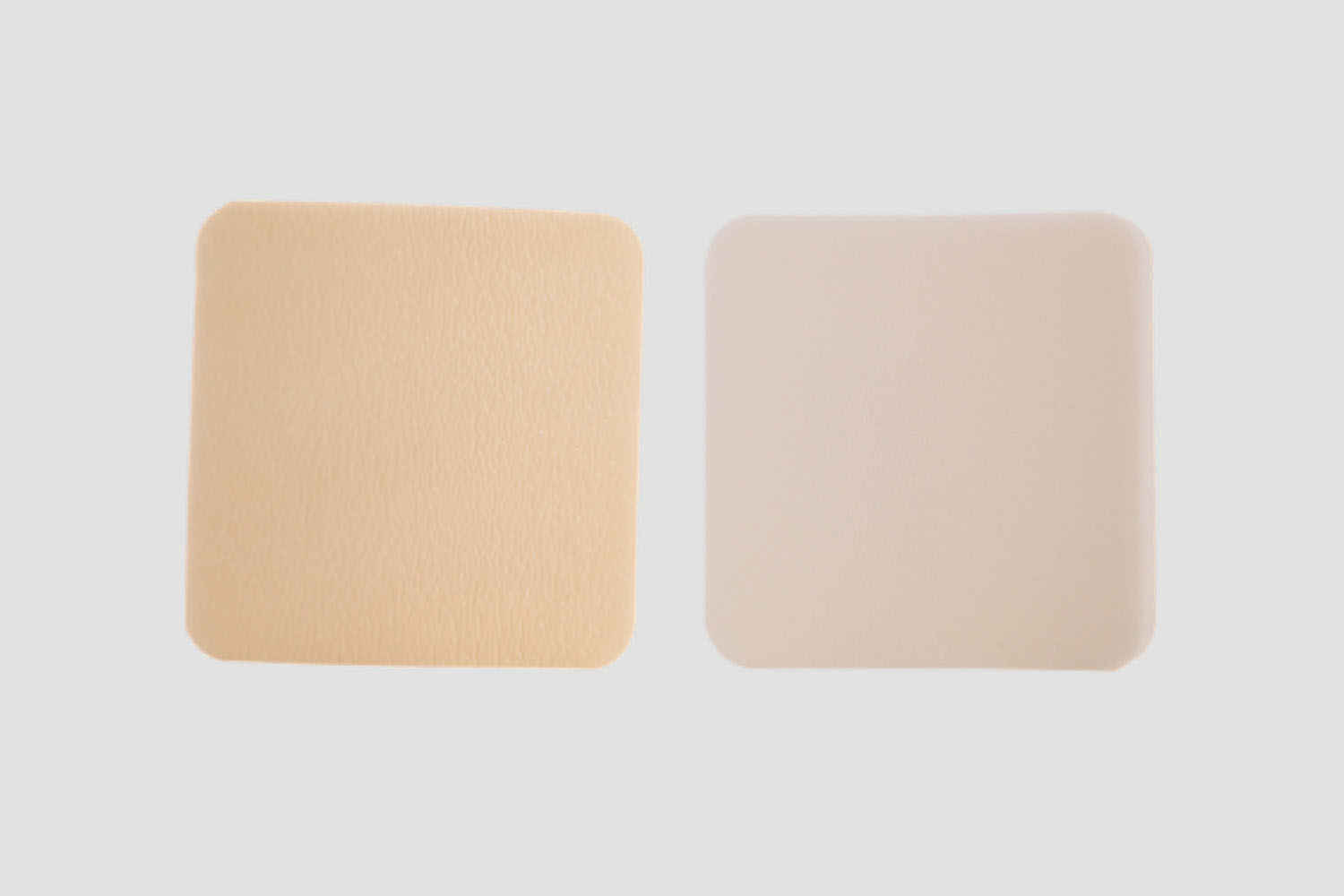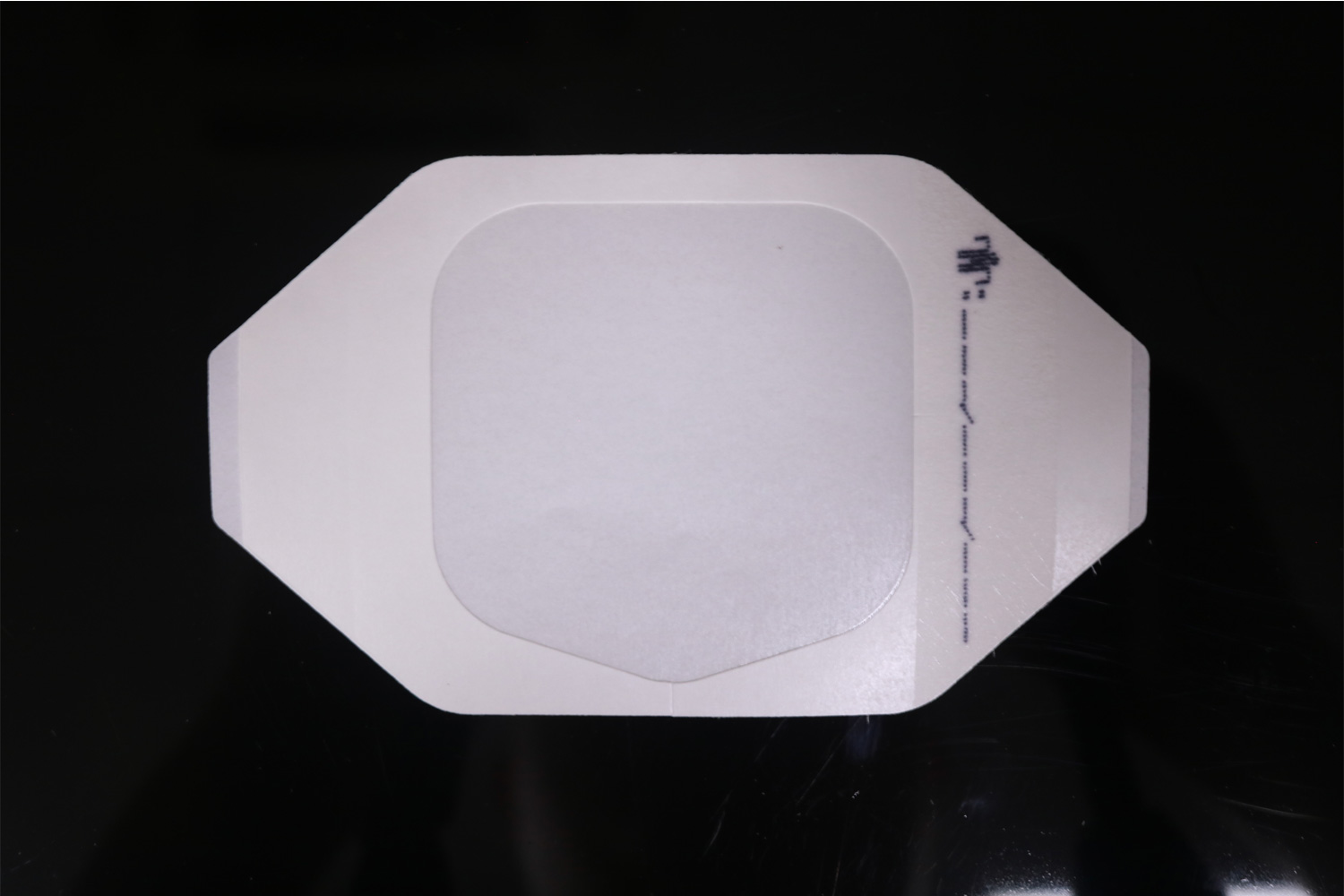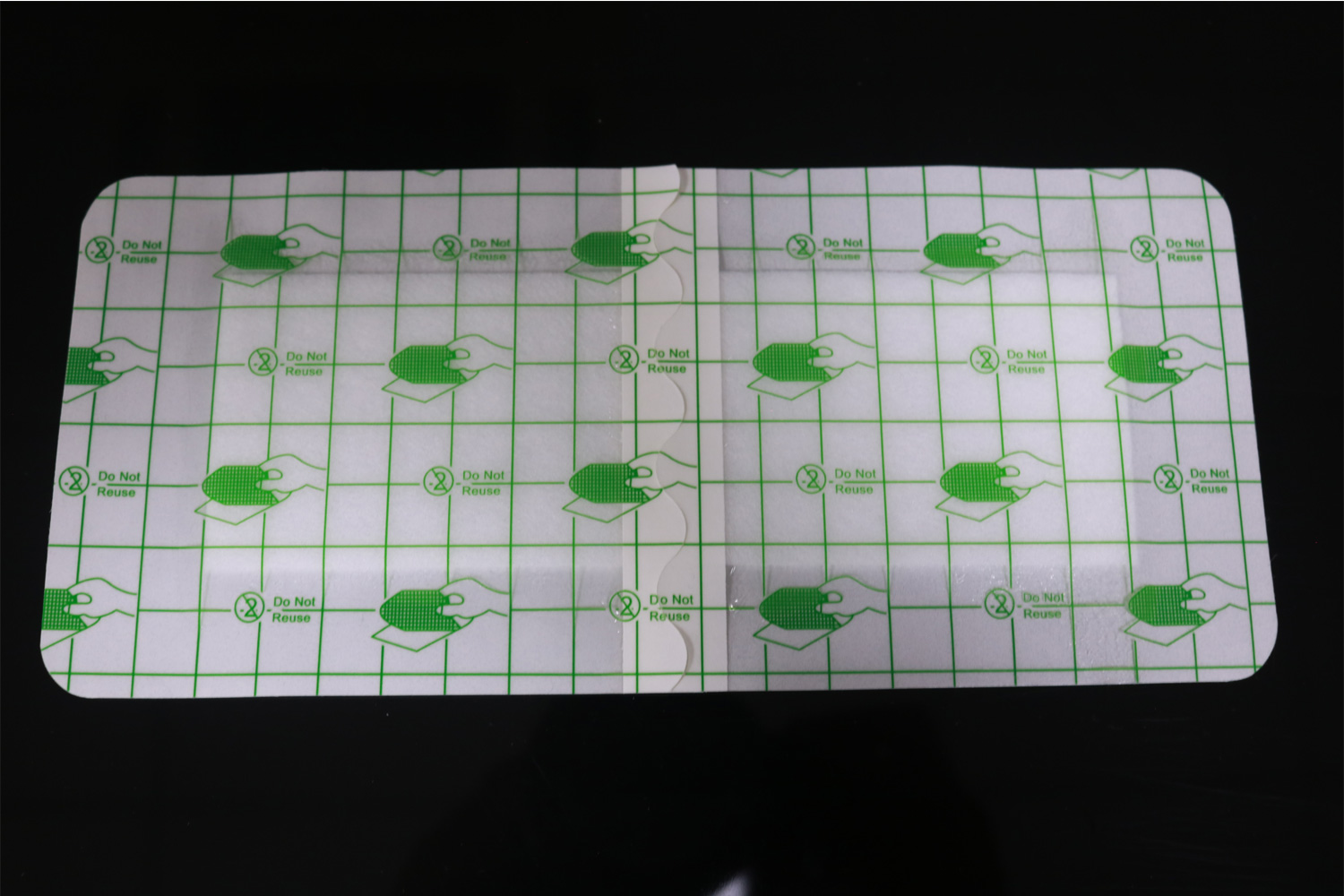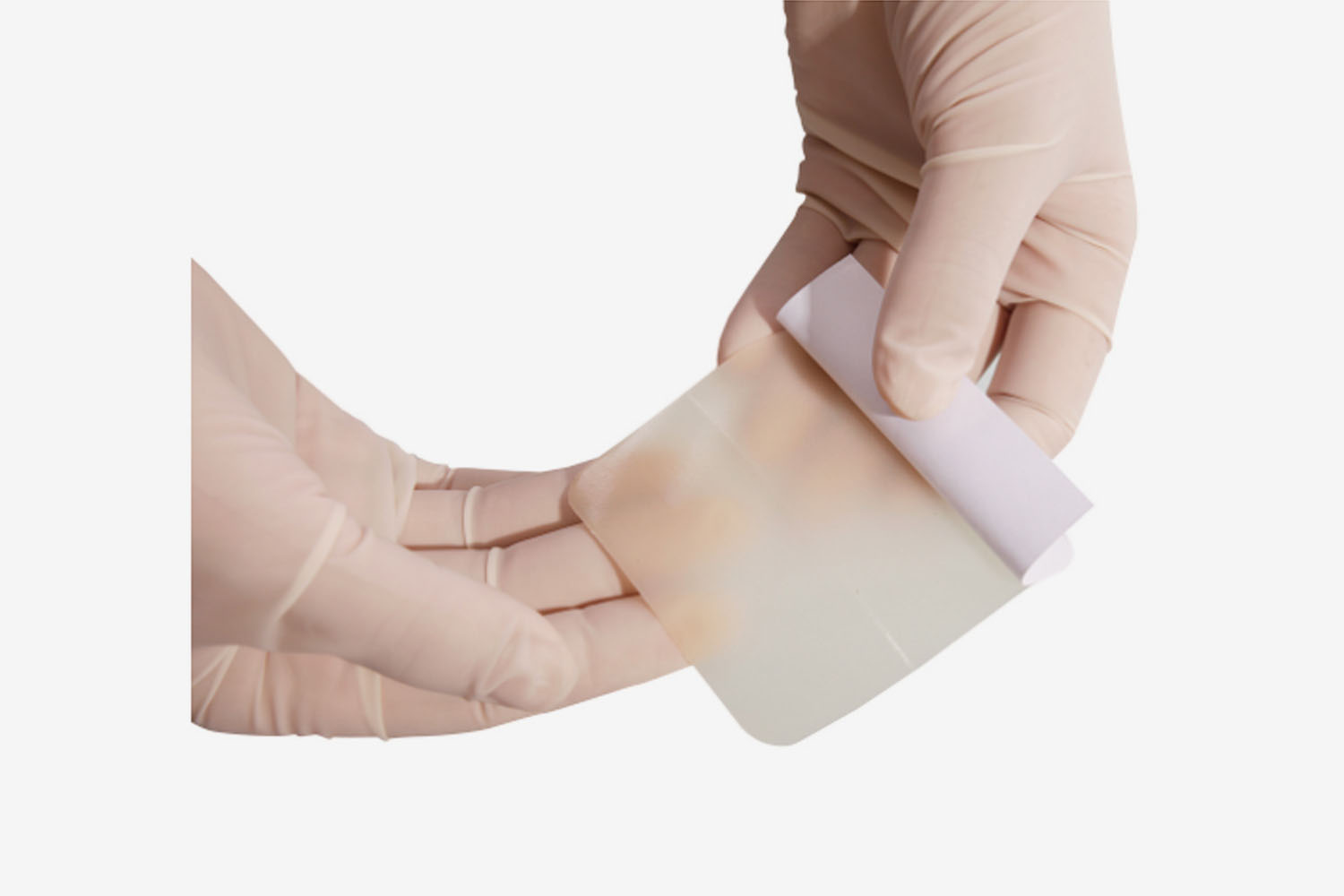Silver Wound Dressing
Silver wound dressing, continuous release of silver, 99.99% antibacterial effect for up to 7 days. The alginate dressing consisting of calcium alginate and silver particles, which absorb wound exudate and release silver ions in the presence of wound liquid. The silver can protect the dressing from a variety of bacteria within 7 days, with an antibacterial rate of 99.99%. And alginate forms a gel after absorbing wound exudate to maintain the moist environment on the wound surface.
Silver Wound Dressing is a highly effective solution designed to promote faster healing and reduce the risk of infection in wounds. Infused with silver ions, Silver Wound Dressing provides continuous antimicrobial protection, creating an optimal environment for wound recovery. Whether for chronic wounds or post-surgical care, this dressing helps to maintain moisture balance, reduce pain, and accelerate the healing process.


